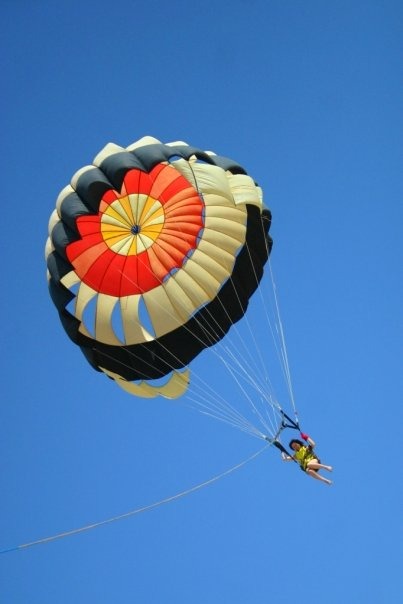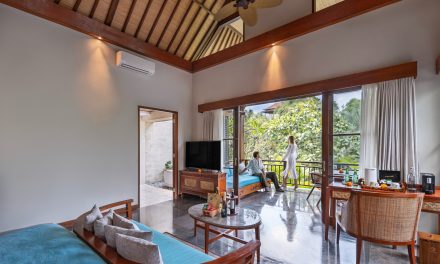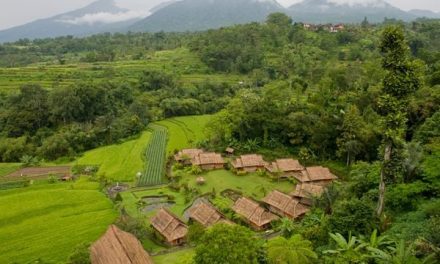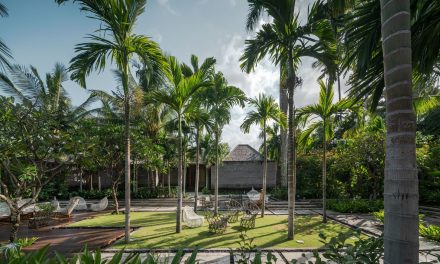Exploring the enchanting Sacred Monkey Forest Sanctuary in Ubud, Bali, is an experience like no other. These lush green surroundings, teeming with playful long-tailed macaques and ancient temples, offer a wildlife photographer a canvas like no other. Having spent countless hours traversing the forest trails, capturing the hidden gems of the sanctuary, I’ve picked up some valuable tips that I can’t wait to share with you.
Get Acquainted with the Monkeys
Before diving into photography, let’s talk about the stars of the show – the monkeys! Understanding their behavior is crucial. I remember my first encounter when I stumbled upon a troop of macaques playing tug-of-war with a vine. I was thrilled to snap a few shots, only to realize later that I’d missed golden moments because I was too close, and the monkeys were less than pleased with my presence.
Tip: Spend some time just observing the monkeys. Note their interactions, moods, and playfulness. This patience enables you to anticipate the perfect moment when they leap, wrestle, or make those irresistibly funny faces.
Use Natural Light Wisely
Light can make or break a photograph. The Sacred Monkey Forest is dappled with sunlight filtering through the dense canopy, which creates beautiful patterns on the ground. However, it can also cast unwanted shadows.
During my last visit, I decided to take advantage of the golden hour. The warm, soft light enhanced the fur of a young macaque, making it glow beautifully. Shooting in this magic hour, either an hour after sunrise or before sunset, gives your images that extra flair.
Tip: Use a wide aperture to focus on the monkey while softly blurring the background. This technique will help highlight their expressions and add depth to your shots.
Steady Your Shot
Here’s a little secret: wildlife photography often involves quite a bit of waiting. On one particularly patient morning, I sat on a bench waiting for the perfect shot of a monkey grooming another. After several minutes, my wrist began to ache from holding my camera at the ready.
Tip: Bring a lightweight tripod or monopod if you plan on shooting for extended periods. It stabilizes your camera and helps you keep your arms from tiring. You can effortlessly adjust your position to capture varying angles without losing your shot.
Eye Level is Key
One significant revelation I had while photographing was the importance of perspective. Many tourists stood above the monkeys, shooting downwards for a conventional bird’s-eye view. While this can work, I realized that getting down to the monkeys’ eye level creates a more intimate connection in the image.
During one trip, I lay on the ground to capture a close-up of a mother and her baby. This perspective revealed the deep bond between them and brought out the sparkle in the baby’s eyes in a way that would’ve been lost from above.
Tip: Don’t hesitate to get low or even sit on the ground! You’ll often find more captivating views and expressions this way.
Capture the Surroundings
While the monkeys may steal the show, the Sacred Monkey Forest Sanctuary is rich in stunning architecture and flora. Incorporating these elements into your photos can tell a broader story about the ecosystem they inhabit.
On one occasion, I snapped a monkey perched atop an ancient stone statue, surrounded by intricate carvings and lush greenery. It not only highlighted the monkey but also celebrated the cultural context of the sanctuary.
Tip: Look for instances where the monkeys interact with their environment. Utilize leading lines, like a pathway or the curve of a tree, to draw the viewer’s eye towards the subject.
Be Mindful of Your Gear
If you’re anything like me, the temptation to bring a hefty lens to capture those majestic close-ups is strong. However, the Sacred Monkey Forest can get quite crowded, and maneuvering with heavy equipment can be a hassle.
During my first visit, I lugged around a bulky camera and lens setup and spent more time fighting through crowds than actually capturing images. Now, I prefer traveling light with a compact camera that still shoots in high quality.
Tip: Choose a versatile lens that allows for both wide shots of the environment and zoomed-in shots of the monkeys. A camera with good low-light capabilities is also beneficial for those dappled light scenarios.
Embrace the Unexpected
Finally, remember to embrace the unpredictable nature of wildlife photography. Monkeys are notorious for their cheeky antics, and sometimes the most iconic shots come when you least expect them.
Once, while focusing on a group of foraging monkeys, I turned to find one cheeky fellow trying to snatch sunglasses off my friend’s face. I hurriedly adjusted my focus and captured the hilarity just in time. The resulting photograph was a fan favorite!
Tip: Always be ready for action! Keep your camera on and set to the correct settings, and don’t be afraid to shoot in burst mode. The unexpected can often yield the most memorable images.
Conclusion
Photographing wildlife in the Sacred Monkey Forest Sanctuary can be incredibly rewarding. With patience, an understanding of your subjects, and the right techniques, you’ll fill your camera roll with stunning images that capture the essence of this magical place.So, pack your camera, embrace the unpredictability, and immerse yourself in the beauty of the monkey sanctuary. Your new best friends – the monkeys – are waiting for you! Happy shooting!






